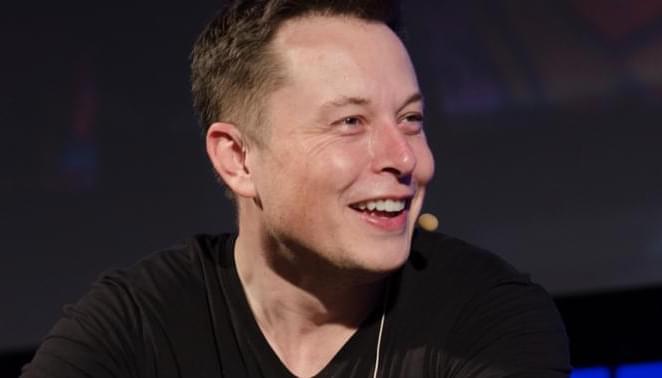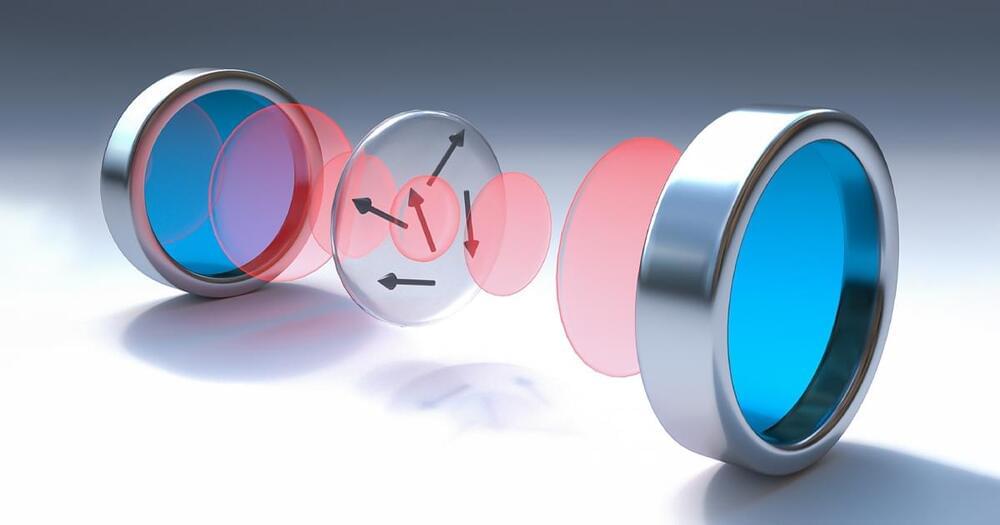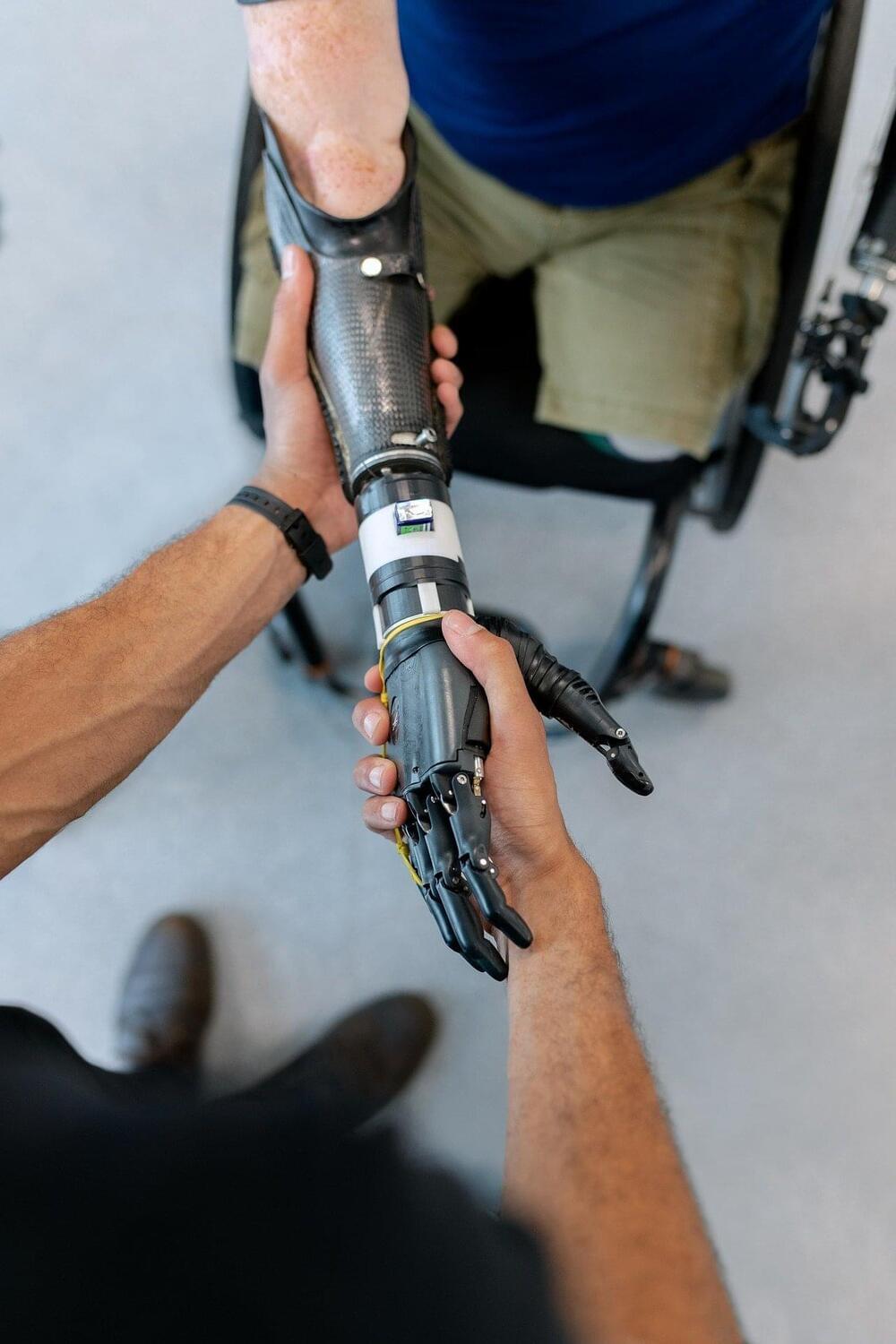Professor Stefan Lorenz Sorgner talks about his new book, ‘We Have Always Been Cyborgs’. Find out more about the book: https://bristoluniversitypress.co.uk/we-have-always-been-cyborgs.
“With an encyclopaedic knowledge of transhumanism and a deep philosophical grounding, especially in Nietzschean thought, Stefan Sorgner tackles some of the most challenging ethical issues currently discussed, including gene editing, digital data collection, and life extension, with uncommon good sense and incisive conclusions. This study is one of the most detailed and comprehensive analyses available today. Highly recommended for anyone interested in transhumanist/posthumanist ideas and in these issues generally.” N. Katherine Hayles, University of California, Los Angeles.
“An eye-opening, wide-ranging and all-inclusive study of transhumanism. Sorgner’s account avoids both the utopian trap and the bogeyman spectre. He makes a compelling case for placing ourselves on the transhuman spectrum. How we continue to use technologies is in our hands. Sorgner’s book is both a comprehensive introduction to transhumanist thought and a clear-sighted vision for its future realisation.” Julian Savulescu, University of Oxford.







